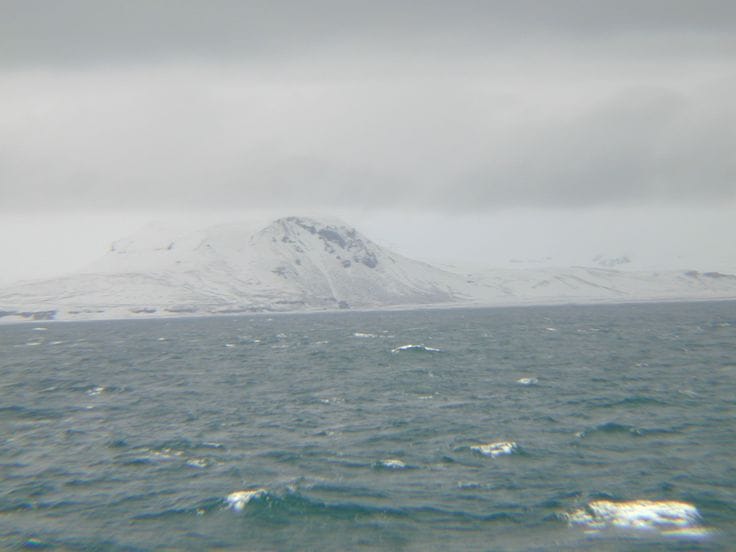The recent commuter plane crash in western Alaska has left 10 people dead, highlighting the dangers of aviation in some of the state’s most remote areas. With recovery efforts underway, questions are mounting about what went wrong on the fateful flight.
On Thursday afternoon, a single-engine turboprop aircraft, identified as a Cessna Caravan, departed from the coastal community of Unalakleet, destined for Nome, one of Alaska’s regional hubs. The journey, which typically covers approximately 150 miles over the rugged and often icy terrain, took a tragic turn when the plane failed to arrive at its destination. Authorities later confirmed that the aircraft went down in the icy waters of the Bering Sea.
The crash is considered one of the deadliest aviation incidents Alaska has seen in recent years. All 10 individuals aboard the plane, including the pilot, perished in the accident. Emergency response teams, alongside local volunteers, initiated immediate search and rescue operations once the plane was reported missing. Sadly, their efforts transitioned to recovery as the wreckage was located.
Recovery operations have faced significant challenges due to unpredictable weather conditions. High winds, heavy snow, and treacherous ice formations have complicated the swift extraction of the victims and wreckage. Local authorities have also stressed the instability of the sea ice, which has made access to the crash site perilous.
The National Transportation Safety Board (NTSB) has launched an investigation into the incident to determine the cause of the crash. Early reports suggest that weather and mechanical failures are being examined as potential contributing factors. Alaska’s aviation history has frequently been marred by accidents linked to sudden weather shifts and challenging terrain, which pose risks for both pilots and emergency responders alike.
Regional airline operators and the local community have expressed their grief over the tragic loss of lives. The names of the victims have been withheld pending family notification, but officials have confirmed that all were adults. This crash is being counted as the third major aviation incident in the U.S. in recent weeks, following unrelated catastrophic events in other states.
The Cessna Caravan, which is generally praised for its reliability and is widely used in regional operations, is now at the center of investigations. Experts and forensic examiners will be crucial in helping uncover any potential design or maintenance faults.
This incident underscores the critical need for enhanced safety measures, especially in remote areas where aviation plays a crucial role in transportation and connectivity. For many Alaskan communities, planes are the only available mode of transport due to the lack of road infrastructure across vast stretches of the state.
The loss of lives and the devastating emotional toll it has placed on families and residents will be felt widely. Alaska has a long history of aviation due to its remote geography, with thousands relying on small aircraft for essential travel. The tragedy further highlights the community’s dependence and the associated risks of traveling through unpredictable elements.
As the investigation unfolds, it is anticipated that the revelations may offer crucial lessons for aviation safety. Authorities and safety experts say they are determined to prevent similar occurrences in the future. The families of those lost in the crash are left grappling with unanswered questions, and the entire state braces for conclusive findings from the ongoing report.
With the grim task of recovery nearing its end and the attention turning toward finding answers about the crash, Alaskans are left to collectively mourn the lives lost on what should have been a routine flight.



